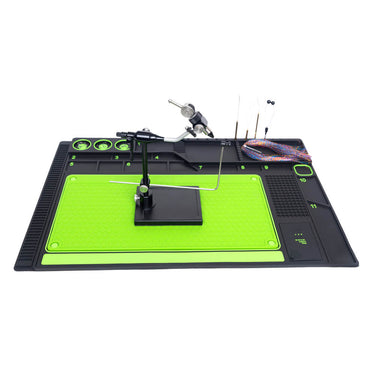Fascinating Predators: Lacewings, Antlions, and Owlflies in Focus
Lacewings, antlions, and owlflies are all fascinating insects belonging to the order Neuroptera (or Planipennia in older classifications). These insects share certain characteristics, such as delicate, net-veined wings and predatory larvae, but they also have distinct differences in behavior, habitat, and life cycles.
1. Lacewings (Family: Chrysopidae & Hemerobiidae)
Appearance:
Slender bodies with large, iridescent golden or green eyes (Chrysopidae).
Wings are translucent with intricate venation, held roof-like over the body.
Behavior:
Adults are nocturnal or crepuscular, often attracted to lights.
Some species produce a foul-smelling odor when disturbed.
Larvae:
Called "aphid lions" due to their voracious appetite for aphids and other soft-bodied insects.
Some cover themselves in debris for camouflage.
2. Antlions (Family: Myrmeleontidae)
Appearance:
Resemble dragonflies but with clubbed antennae.
Wings are long and narrow, often mottled with brown or gray.
Behavior:
Adults are weak fliers, mostly active at night.
Larvae are famous for their pit-building behavior—they dig conical traps in sandy soil to catch ants and other small prey.
Larvae:
Have large, sickle-shaped mandibles for sucking prey dry.
Often called "doodlebugs" due to their meandering trails in sand.
3. Owlflies (Family: Ascalaphidae)
Appearance:
Look like a cross between a lacewing and a dragonfly.
Long, clubbed antennae (similar to butterflies).
Large, bulging eyes (hence the name "owlfly").
Behavior:
Strong fliers, often seen hovering like dragonflies.
Diurnal (active during the day), unlike most lacewings and antlions.
Larvae:
Similar to antlion larvae but do not build pits—instead, they ambush prey in leaf litter or on plants.
Key Similarities & Differences
Feature
Lacewings
Antlions
Owlflies
Wings
Translucent, lacy
Long, narrow, mottled
Long, patterned
Antennae
Thread-like
Short, clubbed
Long, clubbed
Activity
Mostly nocturnal
Nocturnal
Diurnal
Larval Hunting
Active hunters
Pit-builders
Ambush predators
Ecological Role
All three are beneficial predators, helping control pest populations (aphids, ants, mites, etc.). Their presence is often encouraged in gardens and agricultural systems.
Would you like more details on any specific aspect?















